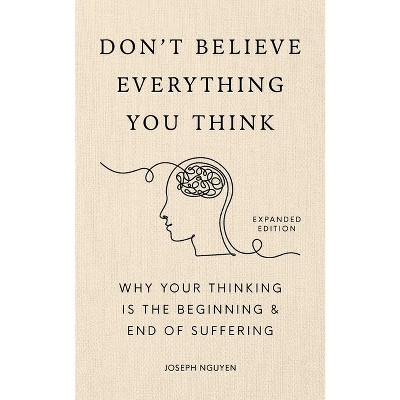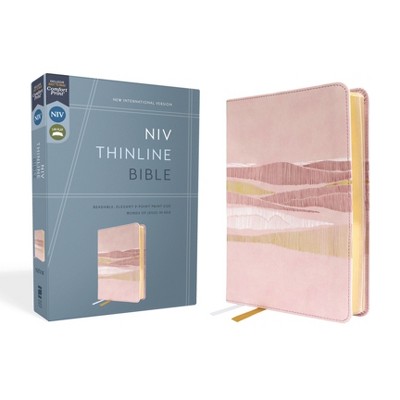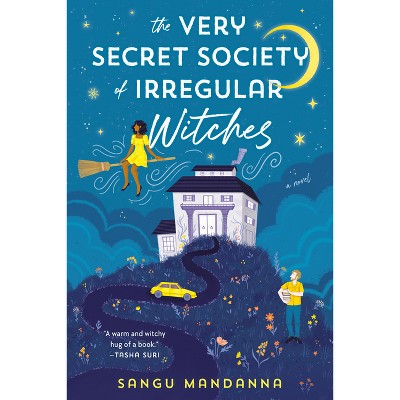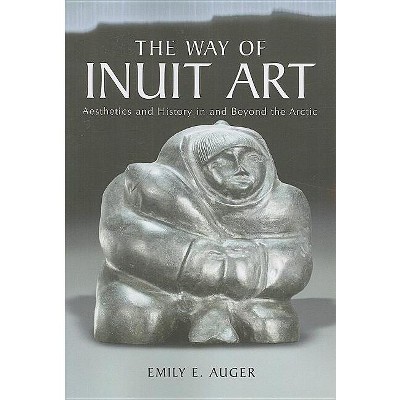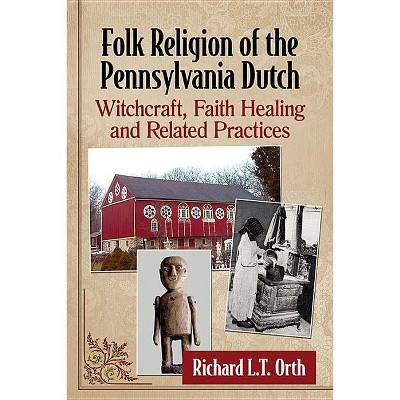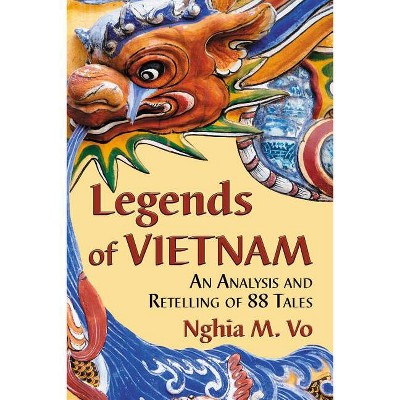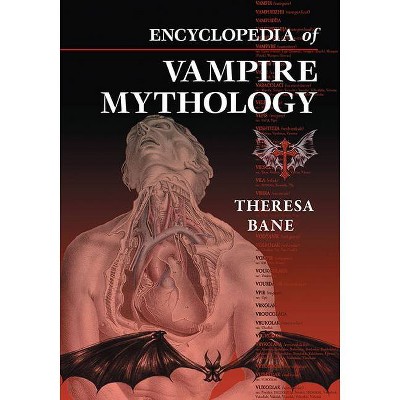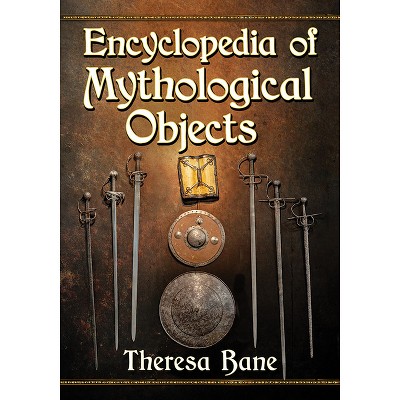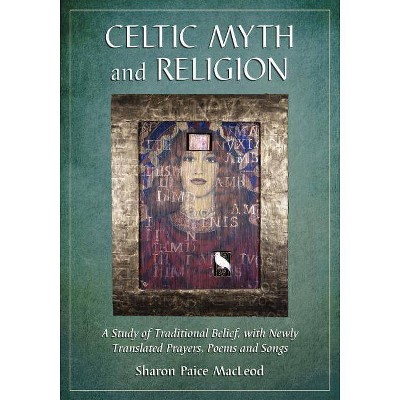Tarot and Other Meditation Decks - 2nd Edition by Emily E Auger (Paperback)

About this item
Highlights
- Arthur E. Waite and artist Pamela Colman Smith's Rider-Waite Tarot (1909) is the most popular Tarot in the world.
- About the Author: Emily E. Auger (Ph.D.) is a retired art historian and author of numerous reviews, articles, and books.
- 276 Pages
- Social Science, Folklore & Mythology
Description
About the Book
"Arthur E. Waite and artist Pamela Colman Smith's Rider-Waite Tarot (1909) is the most popular Tarot in the world. Today, it is affectionately referred to as the Rider-Waite-Smith Tarot in recognition of the high quality of Smith's contributions. Waite and Smith's deck has become the gold standard for identifying, categorizing, and analyzing contemporary Tarot and other meditation decks based on archetypes. Developments in both visual and literary history and theory have influenced Tarot since its fifteenth-century invention as a game and subsequent adaptations for esotericism, cartomancy, and meditation. Updated for an evolving cultural context, this analysis considers Tarot in relation to conventional art movements, including Symbolism, Surrealism, and the modernist "grid." Tarot has a strong relationship with post-modern art concepts such as the dissolution of the modernist hierarchy, Pattern and Decoration art, and collage. This work also explores the close connection between Tarot and the invention of the literary novel and includes new material on the representation of Tarot in film and fiction and a new chapter on the growing interest in the archetypal "shadow" and "shadow work," particularly in deck design and its applications in the new millennium"--Book Synopsis
Arthur E. Waite and artist Pamela Colman Smith's Rider-Waite Tarot (1909) is the most popular Tarot in the world. Today, it is affectionately referred to as the Rider-Waite-Smith Tarot in recognition of the high quality of Smith's contributions. Waite and Smith's deck has become the gold standard for identifying and analyzing contemporary Tarot and other meditation decks based on archetypes.
Developments in both visual and literary history and theory have influenced Tarot since its fifteenth-century invention as a game and subsequent adaptations for esotericism, cartomancy, and meditation. This analysis consider Tarot in relation to established modern and postmodern art movements, such as Symbolism, Surrealism, and Pattern and Decoration Art, as well as the concepts and theories informing both the dominance and the dissolution of the modernist "grid" and hierarchical priorities. This work also explores the close connection between Tarot and the invention of the literary novel and includes new material on the representation of Tarot in film and fiction. A new chapter addresses the growing influence of the archetypal "shadow" and "shadow work" on Tarot as an artistic form, narrative genre, and practice in the new millennium.
Review Quotes
"Quite useful... Auger's work here serves as a solid foundation forward for anyone looking into Tarot itself as well as Tarot and its relationship with art, literature, and film... A worthy second edition with new information to be obtained on the part of the reader."-Mythlore
About the Author
Emily E. Auger (Ph.D.) is a retired art historian and author of numerous reviews, articles, and books. Founder and chair of the "Tarot and Other Divination Methods" area at the Popular Culture Association/American Culture Association (2004-2020), she lives in rural southwestern Ontario.

